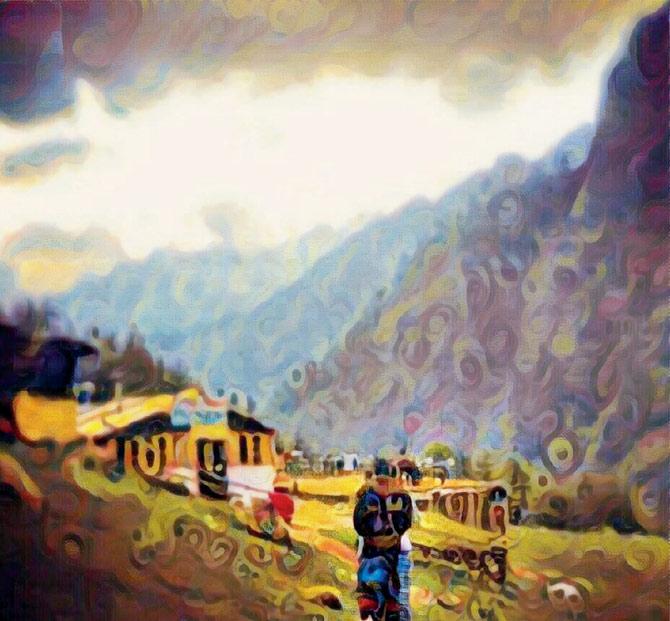Believe it or not, your affection towards this photo-editing app depends on factors such as your phone's operating system and which country you live in

Prisma
![]() Envious Android users finally jumped onto the Prisma bandwagon last week, when the app was officially launched for the platform after having been an exclusive privilege to IOS users, since its launch. But much to their disappointment, Prisma — an application that turns one’s photos into works of art using the signature styles of famous artists — had a fair amount of snags.
Envious Android users finally jumped onto the Prisma bandwagon last week, when the app was officially launched for the platform after having been an exclusive privilege to IOS users, since its launch. But much to their disappointment, Prisma — an application that turns one’s photos into works of art using the signature styles of famous artists — had a fair amount of snags.
ADVERTISEMENT

The most frequent complaint by Android users (and in some cases, IOS users) on various online forums was that pictures took way too much time to edit on Prisma. This is mainly because of two factors: too many Android users pushing their pictures through Prisma filters, leading to a “Prisma is over capacity” message being displayed on the screen, and also because of the limited server capacity of the app.

Also, since the application runs on artificial intelligence (AI) and neural networks, and since most of the
app’s servers are located abroad, this creates a time lag for the user to apply the desired effect on their picture.
No room to photo-document
One of the main reasons why apps like Instagram and Tumblr are so popular with photo-freaks is because they create a community of like-minded people. Instagrammers prefer viewing the world through Insta filters, not to mention, having their picture on a platform that is shared, endorsed, and loved by photographers all over the globe. Tumblr, on the other hand, is a community of “micro bloggers” who share theme-based blogs that are small in size, as well as quick and easy to read.

Although Prisma does live up to the first condition to a certain extent, it fails to capture and retain the end user, as it doesn’t photo-document his/her Prisma experience i.e. their Prisma pictures. What it does is allow end users to publish their “artwork” to Instagram and Facebook, along with the Prisma logo at the bottom right-hand corner of the picture — a watermark of sorts, which, by the way, can be cropped out of the picture while uploading it to a different platform.

What’s its future?
The early technical snags of Prisma don’t take away the fact that the app, as a whole, is something we’ve never seen before. Sure, there are “Sketch me” apps available on IOS and Android, that let users covert their images into “watercolour paintings, charcoal sketches, and cartoons,” but they are nothing compared to Prisma, not at least when we are considering the end product. The application has crossed a million downloads already on Android, and considering its immense popularity with photo editors and mobile-photographers, it doesn’t look like the “Prisma experience” will be fading out anytime in the near future.
 Subscribe today by clicking the link and stay updated with the latest news!" Click here!
Subscribe today by clicking the link and stay updated with the latest news!" Click here!







